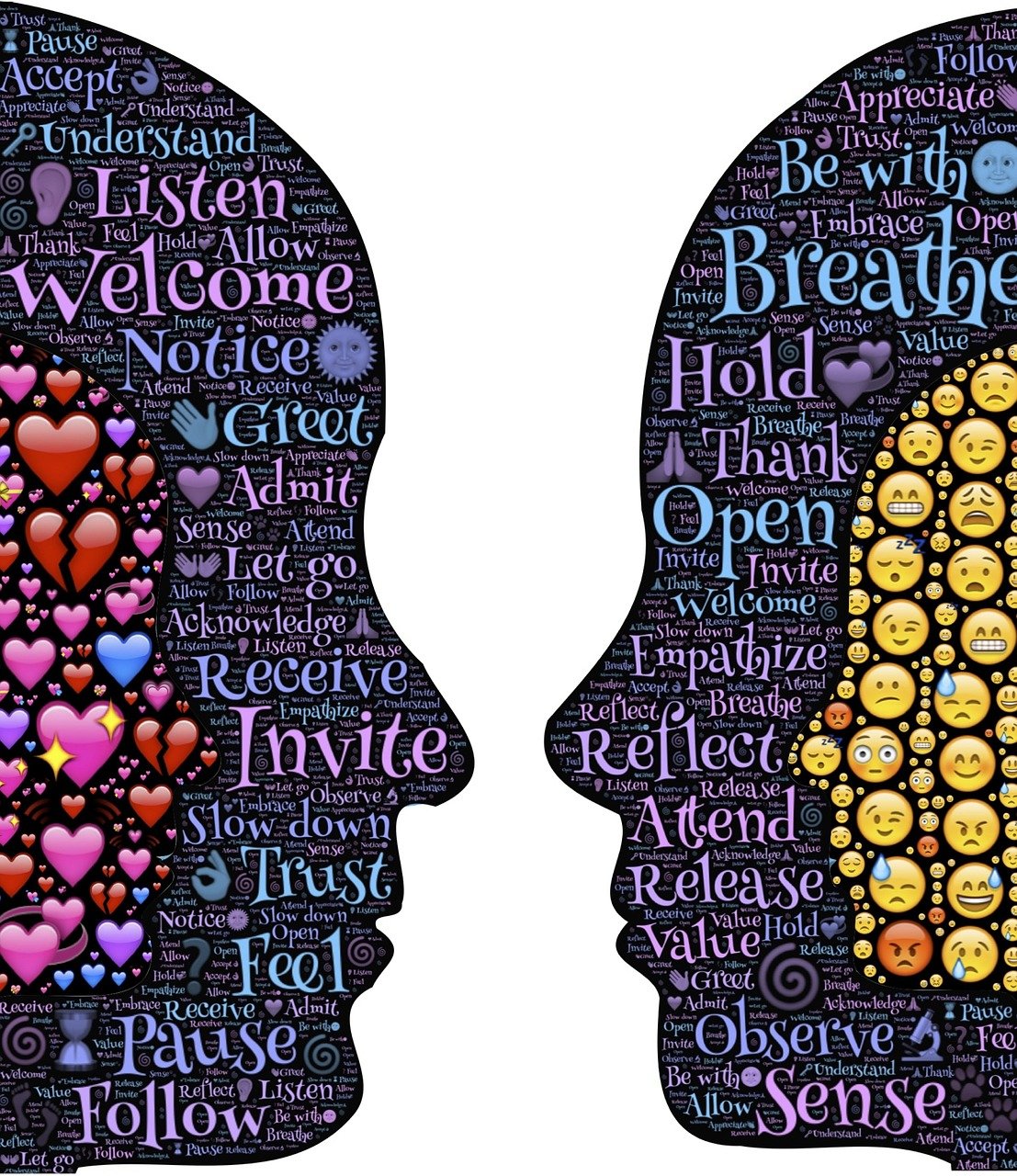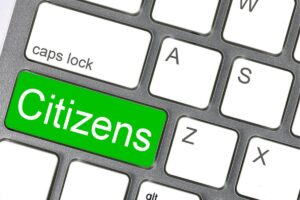How to Read Body Language and Understand Emotions – Body language is an essential tool for communication, and it plays a significant role in expressing emotions. It’s the unspoken language that we all use every day, whether we’re aware of it or not. By understanding body language, you can gain valuable insights into how people are feeling and what they’re thinking. In this article, we’ll explore the basics of body language and how to read it to understand emotions.
How to Read Body Language and Understand Emotions
Table of Contents
- Understanding Body Language
- The Different Types of Body Language
- Facial Expressions
- Eye Contact
- Posture
- Gestures
- Touch
- How to Read Body Language
- Interpreting Emotions Through Body Language
- Happiness
- Anger
- Sadness
- Fear
- Disgust
- Surprise
- Common Mistakes in Reading Body Language
- Practicing and Improving Your Body Language Reading Skills
- Using Body Language to Improve Communication
- The Benefits of Understanding Body Language
- Conclusion
- FAQs
Understanding Body Language
Body language is the nonverbal communication that we use to express ourselves. It includes facial expressions, body movements, and gestures, and it can convey a range of emotions and attitudes, from happiness to anger to sadness.
Body language is an important part of communication because it can reveal our true feelings and intentions, even when we’re not speaking. It’s also a way to connect with others and build trust, empathy, and rapport.
The Different Types of Body Language
There are several different types of body language, and each one can communicate a different message. Here are the most common types of body language:
Facial Expressions
Facial expressions are one of the most significant forms of body language. They can convey a range of emotions, including happiness, sadness, anger, fear, and surprise. A smile, for example, can indicate happiness or contentment, while a frown can show sadness or frustration.
Eye Contact
Eye contact is another important form of body language. It can communicate interest, attraction, trust, or even aggression. Direct eye contact can show confidence, while avoiding eye contact can indicate discomfort or deception.
Posture
Posture is the way we hold our bodies, and it can convey a lot about our emotions and attitudes. A slouched posture can show disinterest or fatigue, while an upright posture can indicate confidence or attentiveness.
Gestures
Gestures are movements of the hands or body, and they can convey a range of emotions and meanings. For example, pointing can indicate direction or emphasis, while crossing the arms can show defensiveness or discomfort.
Touch
Touch is another form of body language that can communicate emotions and attitudes. A hug, for example, can show affection, while a handshake can indicate respect or agreement.
How to Read Body Language
Reading body language requires observation and interpretation. Here are some steps to help you read body language more effectively:
- Observe the person’s overall body language. Look for patterns and consistency in their gestures, expressions, and posture.
- Pay attention to changes in their body language. Sudden shifts in posture, facial expressions, or gestures can indicate a change in emotion or attitude.
- Consider the context. Body language can vary depending on the situation, so consider the setting and the people involved.
- Interpret body language in clusters. Look for a combination of gestures and expressions that together communicate a message.
Interpreting Emotions Through Body Language
Body language can also help you interpret a person’s emotions. Here are some common emotions and how they’re expressed through body language:
Happiness
A person who is happy may smile, laugh, and have an overall relaxed posture. They may also have open and inviting body language, such as uncrossed arms and legs.
Anger
Anger is often expressed through body language that conveys tension and aggression. This can include clenched fists, crossed arms, and a tense posture. Facial expressions such as a scowl or narrowed eyes can also indicate anger.
Sadness
Sadness is typically expressed through body language that communicates withdrawal and low energy. This can include slumped posture, a lack of eye contact, and a frown or droopy facial expression.
Fear
Fear can be communicated through body language that indicates avoidance or withdrawal. This can include a tense posture, avoidance of eye contact, and trembling or shaking.
Disgust
Disgust can be expressed through body language that indicates rejection or distaste. This can include a wrinkled nose, a frown, or a turning away from the source of the disgust.
Surprise
Surprise is often expressed through sudden and unexpected body language, such as widened eyes and a dropped jaw. The overall body language may convey a sense of shock or excitement.
Common Mistakes in Reading Body Language
While body language can be a powerful tool for communication, it’s essential to remember that it’s not always accurate. Here are some common mistakes to avoid when reading body language:
- Making assumptions based on one gesture or expression.
- Ignoring context and situational factors that may influence body language.
- Over-analyzing and looking for meaning where there may be none.
- Focusing too much on body language and not enough on verbal communication.
Practicing and Improving Your Body Language Reading Skills
Improving your body language reading skills takes practice and observation. Here are some tips to help you get started:
- Observe the body language of people in different situations, such as in meetings or social settings.
- Pay attention to your own body language and how it may be perceived by others.
- Practice interpreting body language in everyday situations, such as during conversations with friends and family.
- Take a course or read books on body language to gain more knowledge and understanding.
Using Body Language to Improve Communication
Understanding body language can also help you improve your own communication skills. Here are some ways to use body language to communicate more effectively:
- Use open and inviting body language, such as uncrossed arms and legs, to show that you’re approachable.
- Maintain eye contact to show that you’re engaged and interested in the conversation.
- Use appropriate gestures to emphasize your points and convey meaning.
- Use touch, such as a handshake or a pat on the back, to show respect and agreement.
The Benefits of Understanding Body Language
Understanding body language can have many benefits, including:
- Improved communication and understanding in personal and professional relationships.
- Increased empathy and emotional intelligence.
- Better nonverbal communication skills, which can enhance your verbal communication skills.
- Increased ability to read and interpret social cues.
Conclusion
Body language is a powerful tool for communication, and understanding it can give you valuable insights into people’s emotions and attitudes. By observing and interpreting body language, you can improve your communication skills, build stronger relationships, and increase your emotional intelligence.
FAQs
- Can body language be faked?
- Yes, it is possible to fake body language, but it’s not always easy to do so convincingly.
- Can body language vary between cultures?
- Yes, body language can vary between cultures, and it’s essential to be aware of cultural differences when interpreting body language.
- How can I improve my body language reading skills?
- You can improve your body language reading skills by practicing observation, paying attention to your own body language, and learning




